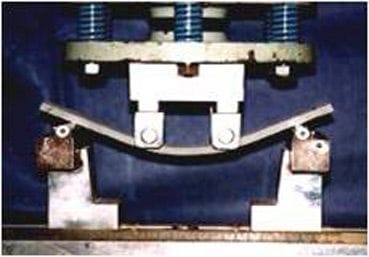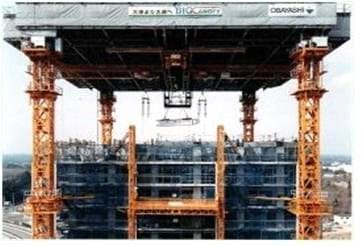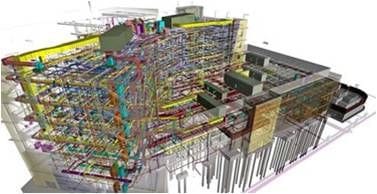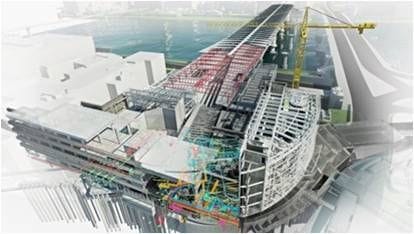Digital Engineering and the use of Building Information Modelling improves the way we can predict and effectively plan the project delivery in terms of safety, design, cost, programme and quality.
Building Information Modelling allows Cellate to accurately procure and construct the project reducing the overall risk on the project, wastage, rework and defective materials, ultimately reducing the overall cost and time on the project whilst increasing the quality of the final product. Cellate believes that substantial use of BIM software through the design and construction process will increase our ability to design and deliver complex buildings and developments, reducing and eliminating project risk whilst improving quality, cost and time for delivery. BIM also substantially reduces building waste and un-necessary rework encountered on most projects.
Cellate, with its high use of prefabrication components in the project delivery cycle, takes full advantage of the accurate up front design and planning activities facilitated through BIM software and technology. Accuarate design and planning of structural members, connection designs, services and architectural elements are all required up front as part of the Cellate process and prefabrication of precast.
Cellate sees future development in this field as the backbone to out future performance and client satisfaction. We see integrating this technology with Augmented Reality software and Vision to further enhance the design development and interface with our clients to ensure that we meet there needs and expectations.









